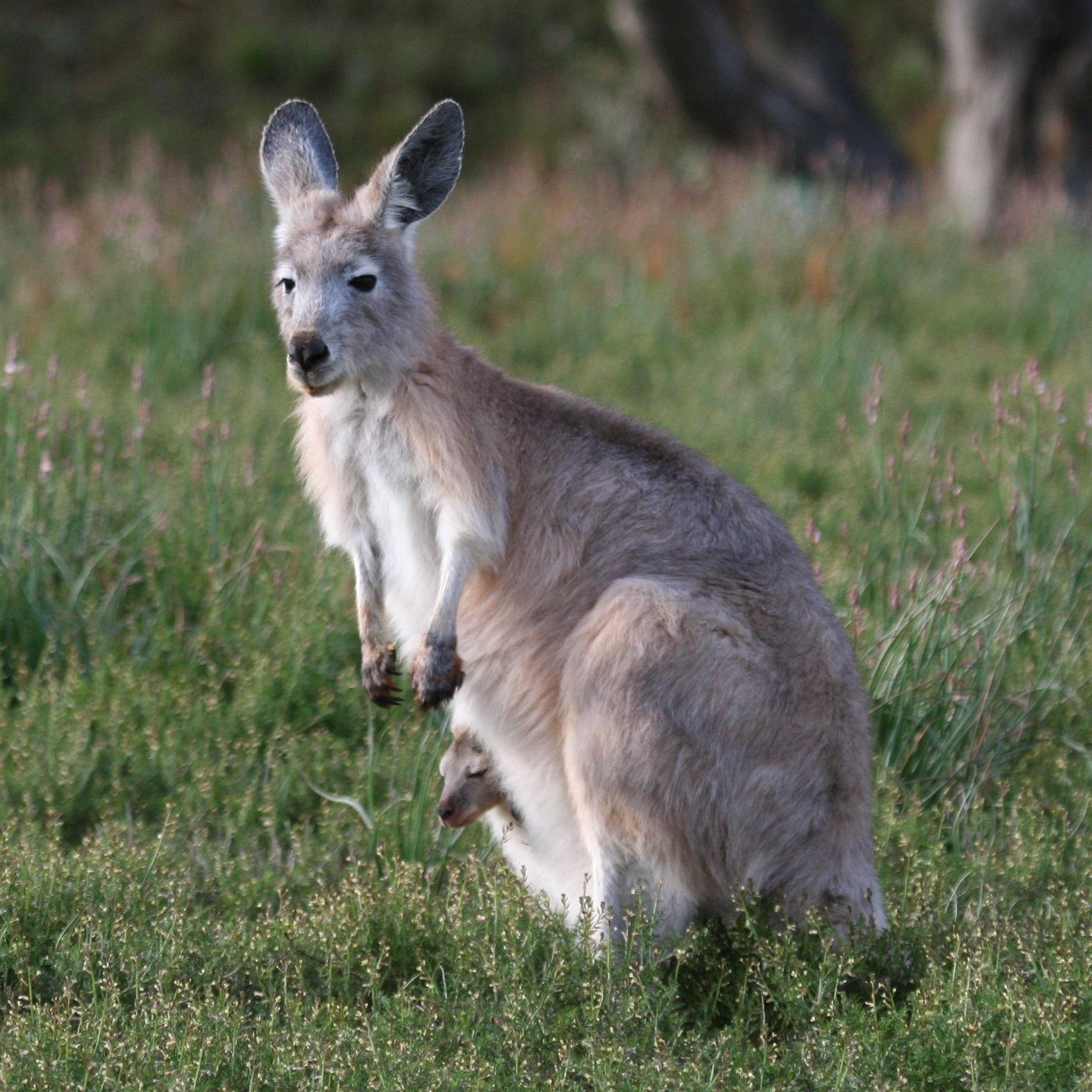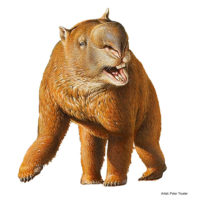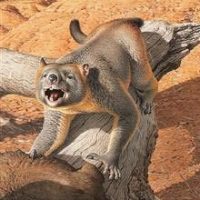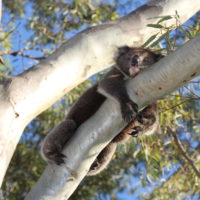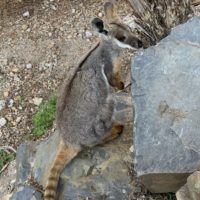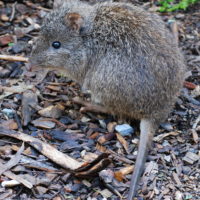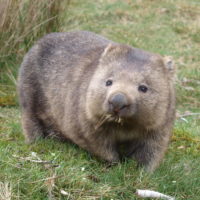Marsupials
The famous pouched mammals, marsupials today are native to Australia, New Guinea and the Americas. Today there are 334 (ish) living species but not long ago there was a much greater variety of larger bodied marsupials, making up a large component of the Australian megafauna.
Whilst the fossil record shows that marsupials likely originated in the northern hemisphere, today, and for most of their evolutionary history, they are restricted to the southern hemisphere (with a few exceptions). Their evolutionary history is complex and the current oldest recognised marsupial fossils are from the Cretaceous (85 Ma) of North America.
In Australia the oldest marsupial fossils are from the 55 million year old Tingamarra Local Fauna in SE Queensland but it’s not until 25 Ma that we have the first representatives of modern marsupial groups appear in our fossil record. Sites such as the central lakes of Southern Australia and Riversleigh in northern Queensland provide an important window into the early evolution of these groups and include representatives of marsupial families that went extinct as Australia drifted north and dried out.
Pleistocene cave deposits such as Tight Entrance in SW Western Australia, Leaena’s Breath on the Nullarbor Plains and Naracoorte Caves in SW South Australia provide a critical window into marsupial palaeoecology in the leadup to human occupation of the continent and the resulting impacts.
